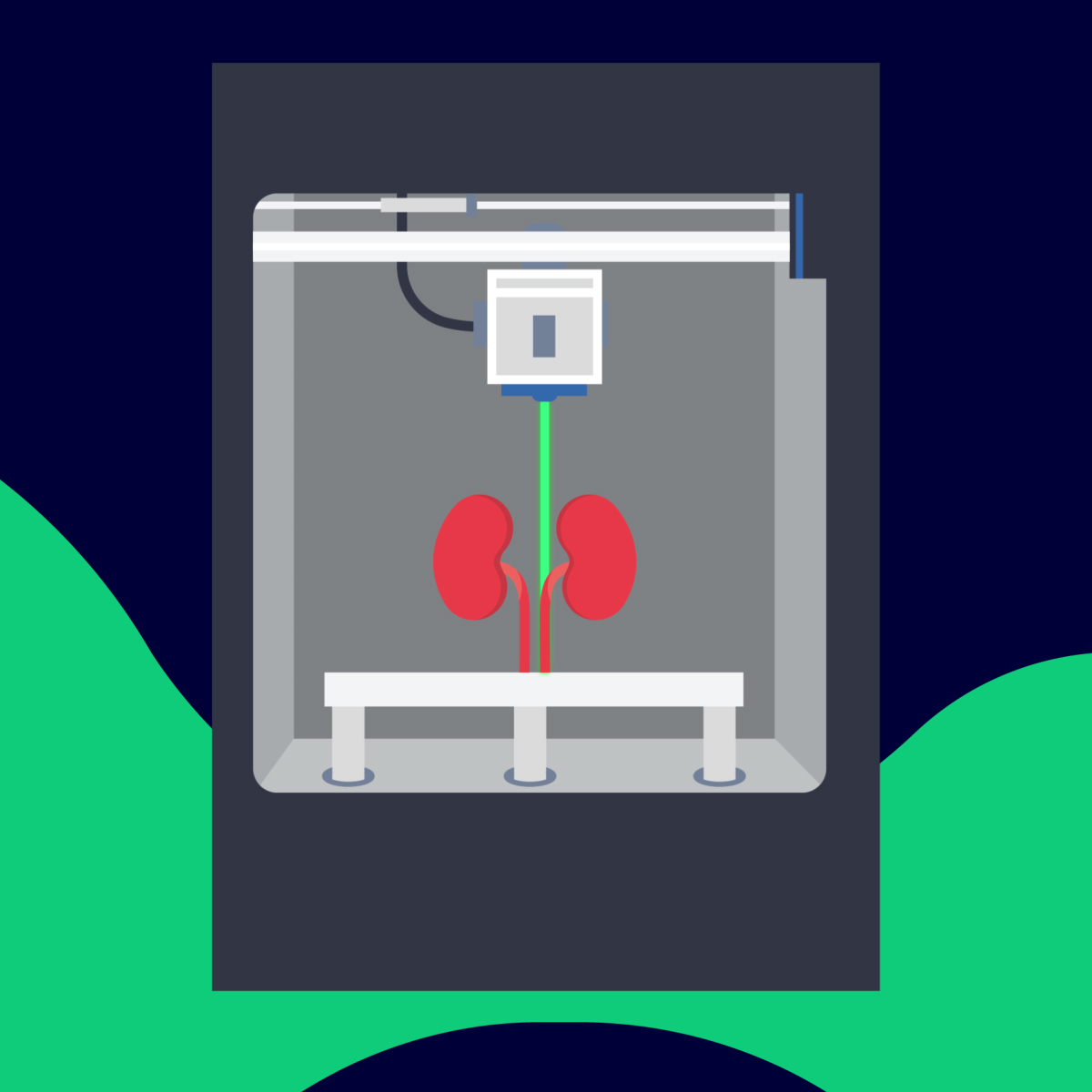
- Introduction: Provide an overview of the bioprinting technology and its applications in tissue engineering and regenerative medicine, such as creating complex structures and shapes with living cells and biomaterials.
- Body: Discuss each of the following topics in detail, using facts and figures from the report and other sources:
- Multi-Cellular Bioprinting: Explain how bioprinting can print tissues and organs with multiple cell types, such as creating human organs with blood vessels.
- Decellularization: Explain how decellularization can remove cells from an organ or tissue, leaving behind the extracellular matrix (ECM) that can be used as a scaffold for new cells to grow on, such as creating functional bladders, blood vessels, and hearts.
- Bioinks: Explain how bioinks are materials that are used to create 3D structures with living cells, such as mimicking the properties of natural tissues, such as stiffness, elasticity, and porosity.
- Vascularization: Explain how vascularization is the process of creating blood vessels within a tissue or organ, such as providing oxygen and nutrients to the cells.
- Skin Bioprinting: Explain how skin bioprinting can create skin grafts for wound healing and cosmetic purposes, such as using patient-specific cells and biomaterials.
- Conclusion: Summarize the main points of the article and provide some future perspectives or challenges for bioprinting technology and tissue engineering.
Tags:
Bioprinting
